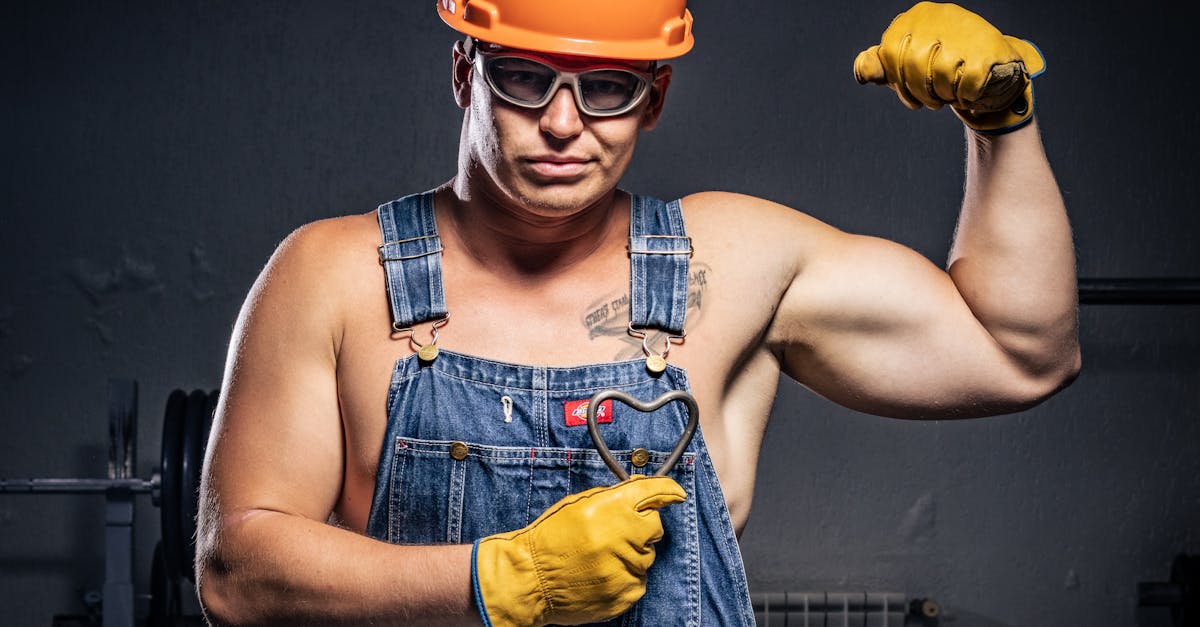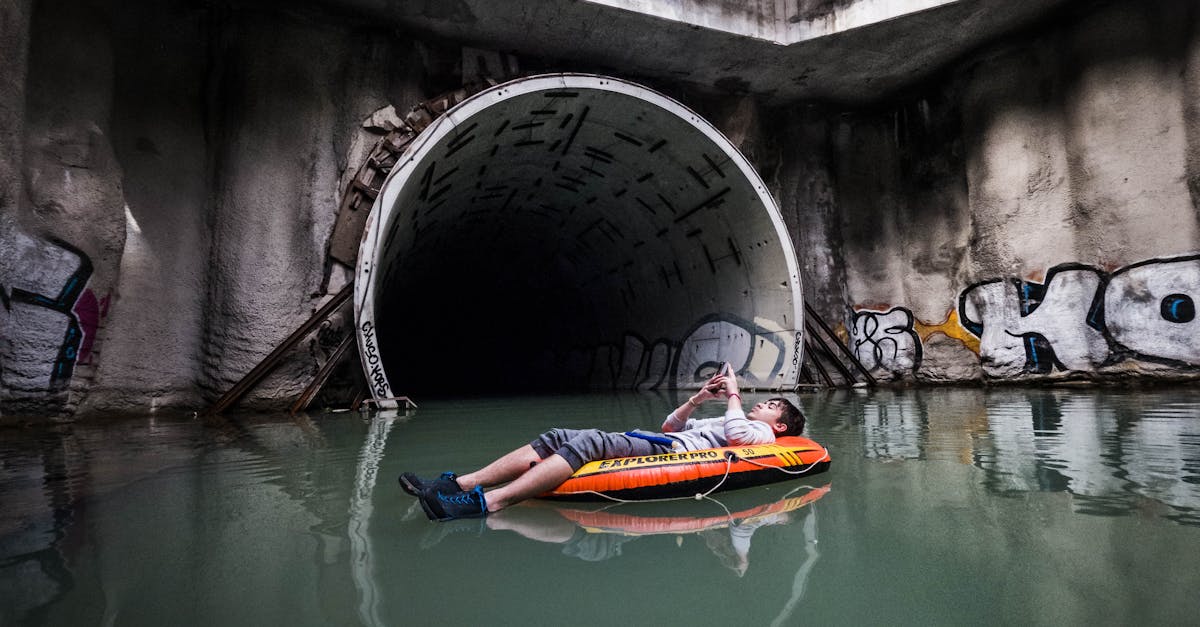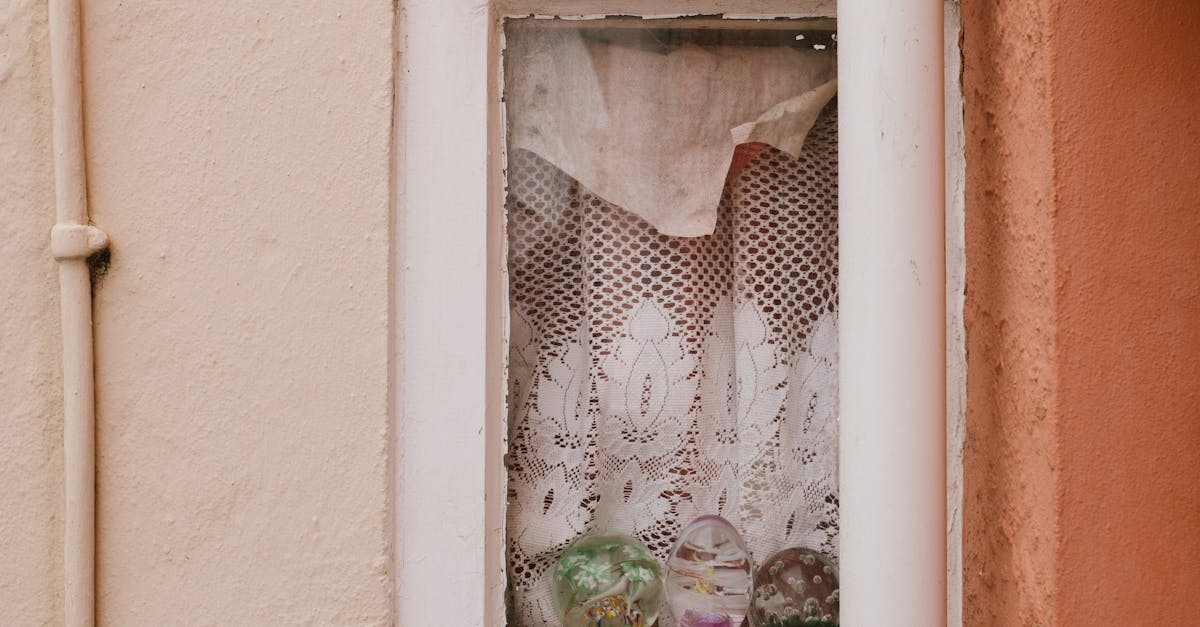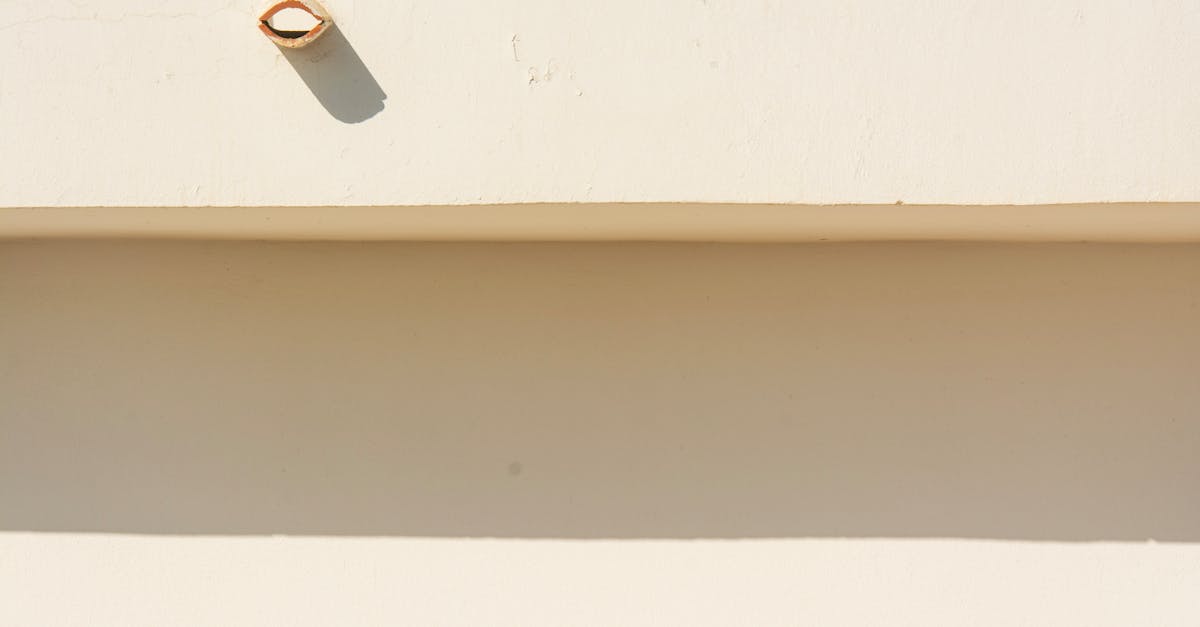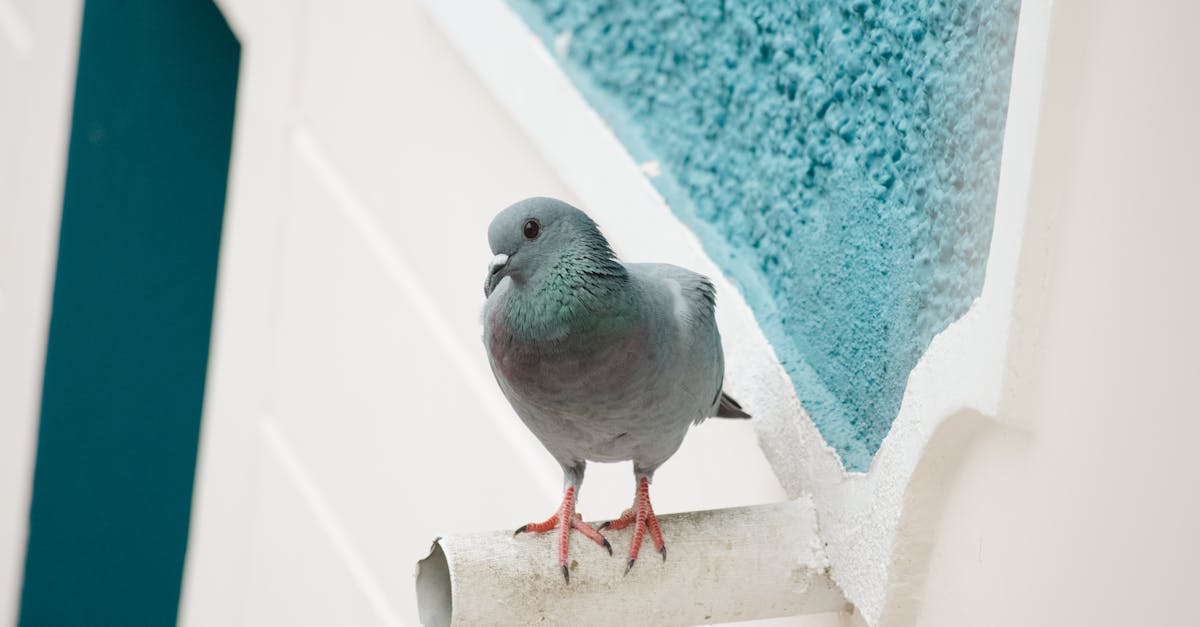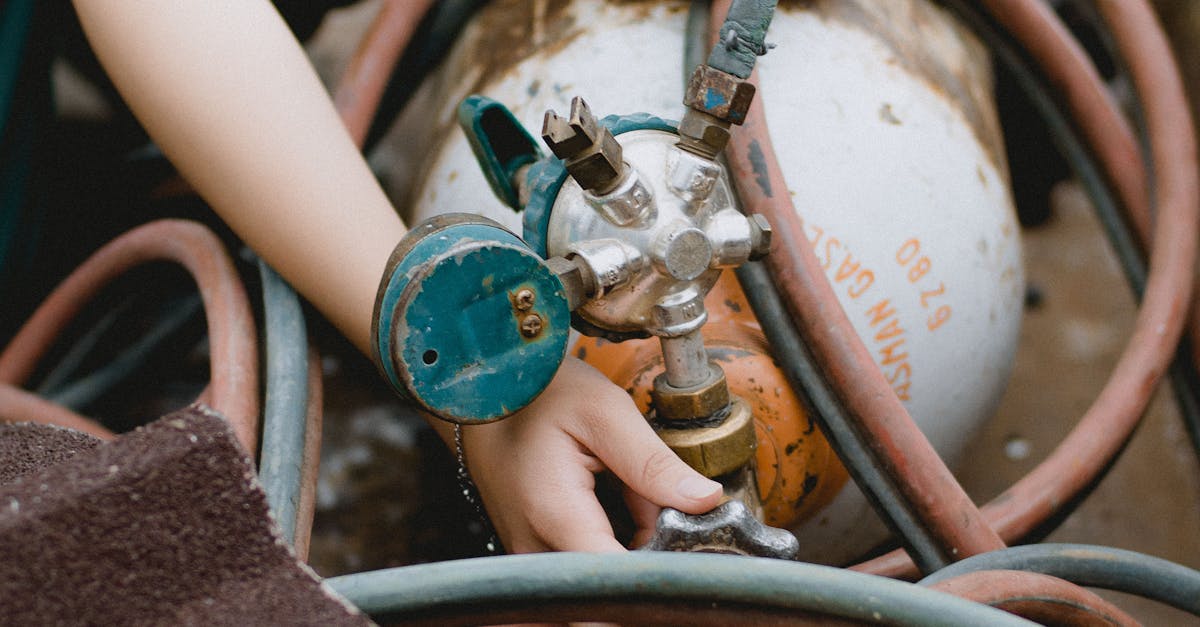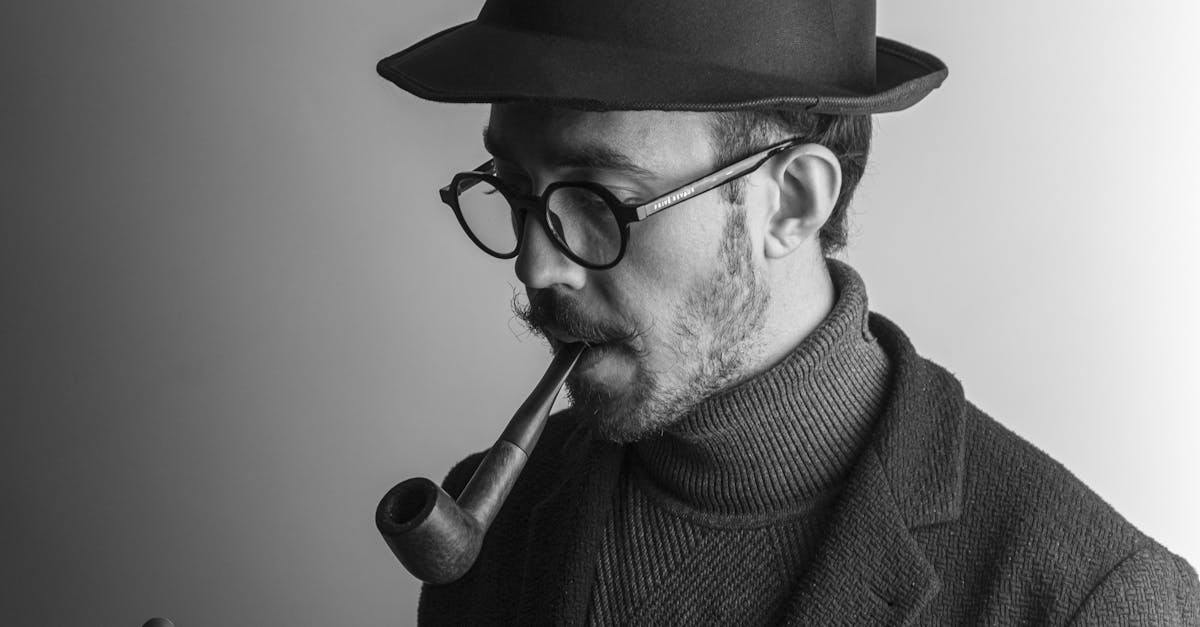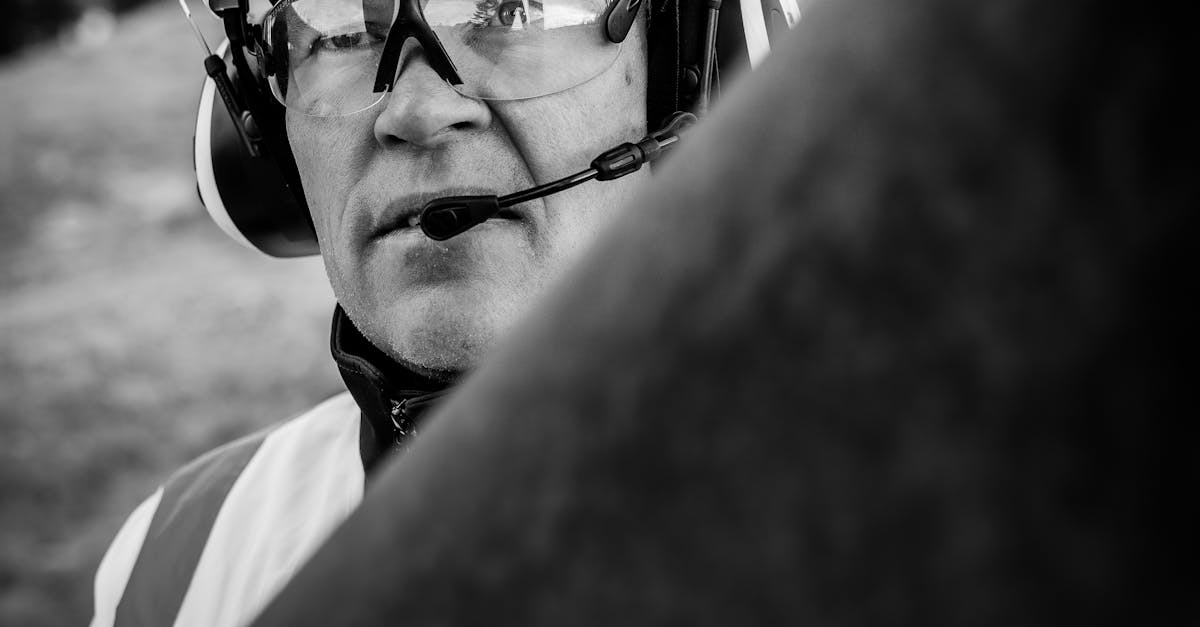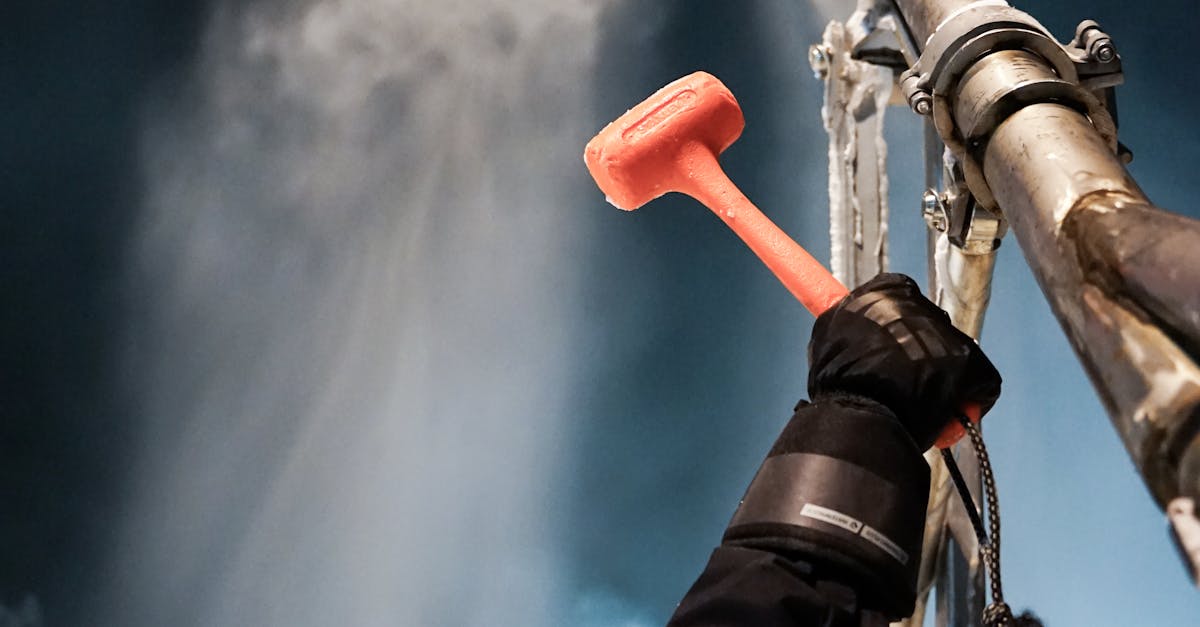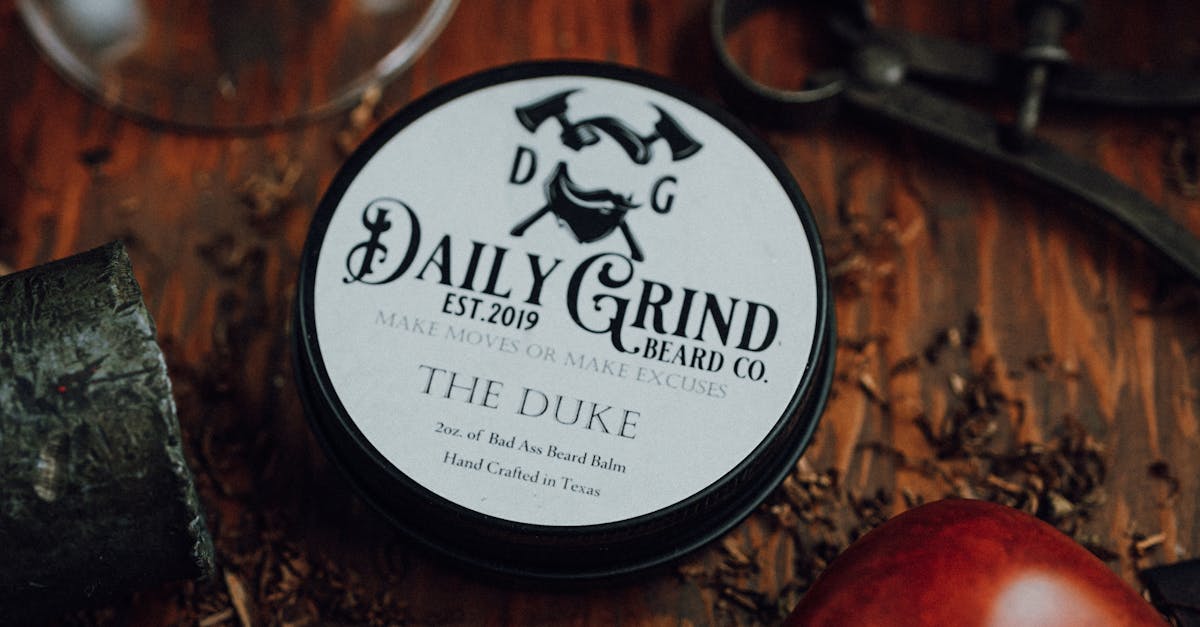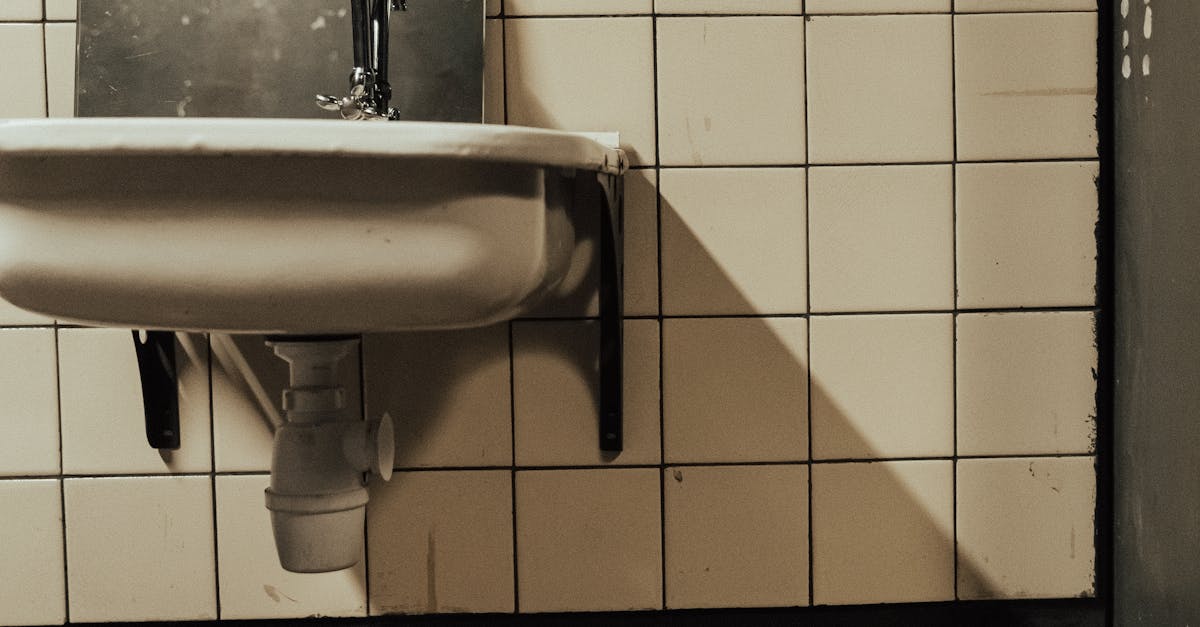
Table Of Contents
Benefits of Lining a Drain Pipe
Lining a drain pipe can significantly extend its lifespan, reducing the frequency of repairs and replacements. This method involves inserting a flexible lining into the existing pipe, creating a new, durable barrier that resists root intrusion and corrosion. As a result, homeowners can avoid the disruption and expense associated with traditional excavation methods, making pipe relining an appealing option for many.
In addition to longevity, pipe relining offers improved flow capacity. The new lining smooths out the inner surface of the pipe, minimising the risk of blockages and optimising water flow. This enhanced efficiency not only boosts the overall functionality of the drainage system but also contributes to lower water bills, making it a financially savvy investment in the long run.
LongTerm Cost Savings
Investing in pipe relining can lead to significant long-term cost savings for property owners. Traditional methods of drain repair often involve excavation, which can be expensive due to the labour and restoration required after the work is completed. In contrast, pipe relining is a less invasive process that allows for repairs without having to dig up the landscape, thus minimising disruption and reducing overall expenses associated with restoration.
Moreover, the durability of lined pipes contributes to long-term financial benefits. Pipe relining materials are designed to withstand corrosion and wear, often outlasting conventional piping solutions. This longevity decreases the likelihood of future repairs, ultimately making it a more economical choice over time. Property owners can enjoy peace of mind knowing that their investment in pipe relining will protect against unexpected plumbing issues and costly repairs in the future.
Comparing Professionals and DIY
Choosing between hiring a professional for pipe relining or tackling the job yourself can depend on several factors, including skill level and budget. Professionals come equipped with specialised tools and expertise, allowing them to address complex issues more effectively than a DIY approach. They often provide warranties and guarantees on their work, which can give homeowners peace of mind, knowing that the job will be done correctly and durable over time.
On the other hand, a DIY pipe relining project may save money upfront but comes with risks. Homeowners without plumbing experience may struggle with the technical aspects, leading to improper installation. Mistakes in the process can result in further damage to the pipes or even more costly repairs down the line. It’s essential to weigh the potential savings against the quality and longevity of the work done when deciding which route to take.
Pros and Cons of Each Approach
When considering the professional approach to pipe relining, hiring experienced experts can bring significant benefits. They usually possess advanced equipment and in-depth knowledge of various pipe systems. This can lead to a more efficient and effective installation process, ultimately minimising disruption. Professionals often offer warranties or guarantees on their work, which can provide peace of mind and protect against potential future issues.
On the other hand, opting for a DIY approach to pipe relining may seem appealing due to potential cost savings. Homeowners can purchase the materials and attempt the work themselves, thereby avoiding labour costs. However, this method comes with inherent risks. Without proper skills and tools, it may result in incomplete or flawed installations, leading to additional expenses down the line. Furthermore, incorrect procedures could cause further damage to existing pipes, negating any initial savings.
Maintenance Considerations
Maintaining lined drain pipes is essential to ensure their longevity and efficiency. Regular inspections can help identify any potential issues early on. Homeowners should be vigilant about tracking signs of blockages or leaks, which may indicate that the lining has been compromised. Using a professional service for routine checks can provide peace of mind and prolong the life of the pipe relining system.
Cleaning lined pipes is equally critical. Avoid abrasive cleaners and harsh chemicals, as these can damage the lining. Instead, consider using environmentally friendly options or hiring experts who understand the nuances of pipe relining maintenance. Proper care and maintenance not only safeguard the integrity of the pipes but also promote optimal drainage performance.
Keeping Lined Pipes in Good Condition
Proper maintenance is key to ensuring the longevity of lined drain pipes. Regular inspections can help identify any potential issues such as blockages or signs of wear. Using a camera to assess the condition inside the pipes allows for a detailed examination without invasive procedures. Keeping tabs on the flow can also help catch early warning signs before they escalate into more significant problems.
In addition to inspections, cleaning lined pipes can enhance their performance. High-pressure water jetting is an effective method for removing debris and grease build-up. Avoiding harsh chemicals and abrasive materials is essential, as these can damage the lining. By prioritising these maintenance practices, homeowners can maximise the benefits of pipe relining and prolong the lifespan of their drainage system.
FAQS
What is the average cost to line a drain pipe?
The average cost to line a drain pipe in Australia typically ranges from $150 to $250 per metre, depending on various factors such as the size of the pipe and the complexity of the job.
Are there any additional costs associated with lining a drain pipe?
Yes, additional costs may include inspection fees, cleaning the existing pipes, and any necessary repairs before the lining process can begin. It's advisable to get a detailed quote from the professional.
How long does the drain pipe lining process take?
The drain pipe lining process usually takes between a few hours to a full day, depending on the length and condition of the pipe being lined.
Will lining a drain pipe provide long-term benefits?
Yes, lining a drain pipe can offer long-term benefits such as reduced maintenance costs, improved flow efficiency, and extended lifespan of the pipes, potentially saving money over time.
Can I line a drain pipe myself, or should I hire a professional?
While DIY options are available, hiring a professional is often recommended due to the complexity of the process, the need for specialized equipment, and the guarantee of a proper installation.
